The Biggest Home Inspection Red Flags to Look Out For
Buying a home is an exciting and significant milestone in anyone's life. However, it's essential to remember that with the joy of homeownership comes the responsibility of home maintenance. One crucial step in this process is having a home inspection. The home inspection is an in-depth examination of the property's condition, aiming to uncover any potential issues. During this process, you'll come across several red flags that may indicate significant problems. In this article, we'll discuss these red flags and the importance of being aware of them.
Understanding Home Inspection Red Flags
Before delving deeper into the red flags, let's first understand what they actually are. A home inspection red flag refers to any potential issue or problem discovered during the inspection that could have a significant impact on the home's value, safety, or usability. These are marked as areas of concern that warrant further attention, investigation, and potential repair or negotiation.
During a home inspection, a trained professional thoroughly examines the property to identify any existing or potential problems. While some issues may be minor and easily fixable, others may be more serious and require immediate attention (for example, polybutylene pipes) . These serious issues are what we refer to as red flags.
Red flags can come in various forms, ranging from structural concerns to mechanical problems and beyond. Structural red flags may include foundation issues, such as cracks or shifting, which can compromise the stability of the entire house. These can also include sagging or uneven floors, cracked walls, or a leaning chimney. These problems not only affect the aesthetics of the home but also raise concerns about its structural integrity.
Mechanical red flags, on the other hand, may involve problems with the HVAC system, electrical wiring, or plumbing, which can affect the functionality and safety of the home. For example, outdated or faulty electrical systems can pose a fire hazard, while plumbing issues like leaks or poor water pressure can lead to water damage and mold growth. Problems with the HVAC system can result in inefficient heating or cooling, leading to discomfort and higher energy bills.
Why You Should Be Aware of Red Flags
Being aware of red flags is crucial because these issues can potentially impact your investment and your quality of life in the new home. By identifying and understanding these problems, you can make informed decisions about how to proceed with the purchase. It is also essential to have a clear understanding of the costs involved in addressing these red flags to determine if they fit within your budget.
Ignoring red flags can have serious consequences. If left unaddressed, these problems can worsen over time and lead to even costlier repairs down the line. Additionally, red flags can affect your ability to secure financing or insurance for the property. Lenders and insurers often require homes to meet certain safety and structural standards, and red flags can raise concerns that may result in higher premiums or even denial of coverage.
By being aware of red flags, you can negotiate with the seller to address the issues before finalizing the purchase. This negotiation can involve requesting repairs or a reduction in the selling price to compensate for the necessary fixes. Alternatively, if the red flags are too significant or costly to address, you may decide to walk away from the deal altogether and find a more suitable property.
In conclusion, understanding home inspection red flags is essential for any potential homebuyer. By being aware of these potential issues, you can protect your investment, ensure your safety, and make an informed decision about the purchase of a new home.
Common Structural Red Flags
Structural red flags are among the most critical issues to be aware of during a home inspection. These problems can significantly affect the integrity and stability of the property.
During a home inspection, it is essential to thoroughly examine the foundation and basement for any signs of trouble. Foundation and basement problems can range from minor cracks in the walls to more severe structural instability. It is crucial to look out for signs such as water damage, bowing walls, or noticeable settling, as these may indicate foundational issues that require immediate attention.
Foundation issues can arise due to various factors, including poor construction, soil movement, or water infiltration. If left unaddressed, these problems can lead to serious structural damage and compromise the overall safety of the property.
Another area that requires close attention during a home inspection is the roof and attic. The condition of the roof and attic can have a significant impact on the overall health of the house. Issues like missing shingles, leaks, or insufficient insulation can result in water damage, heat loss, or even mold growth.
Roof problems can occur due to various reasons, including age, poor installation, or severe weather conditions. It is crucial to inspect the roof for any signs of wear and tear, such as cracked or curling shingles, damaged flashing, or sagging areas. Additionally, checking the attic for proper insulation and ventilation is essential to prevent energy loss and potential moisture-related issues.
When inspecting a property, it is important to note that structural red flags can have a significant impact on the value and safety of the home. Identifying these issues early on can help homeowners and potential buyers make informed decisions and take necessary steps to address any problems.
Interior Red Flags to Be Aware Of
When it comes to buying a new home, it's important to not only focus on the structural integrity of the property but also pay attention to potential issues with the interior. While structural issues are significant, problems with the interior of the home can also affect your comfort and safety. Let's take a closer look at some of the red flags you should be aware of.
Plumbing and Electrical System Problems
One of the most common red flags you may encounter when inspecting a home is issues with the plumbing and electrical systems. Leaking pipes or faulty wiring not only cause inconveniences but can also pose serious safety hazards. It's crucial to keep an eye out for signs of water damage, such as water stains on walls or ceilings, dampness in the basement, or musty odors. These signs could indicate hidden plumbing issues that may require costly repairs.
Similarly, flickering lights or outlets that don't work properly could be indicators of electrical system problems. Outdated wiring, overloaded circuits, or faulty electrical panels can not only be inconvenient but also increase the risk of electrical fires. It's essential to have a professional electrician thoroughly inspect the electrical system to ensure it meets safety standards.
Issues with Heating and Cooling Systems
Another red flag to watch out for is problems with the heating and cooling systems. A well-functioning HVAC (Heating, Ventilation, and Air Conditioning) system is crucial for maintaining a comfortable living environment and ensuring energy efficiency.
Inadequate insulation is a common issue that can lead to temperature fluctuations and higher energy bills. Poorly insulated walls, windows, or doors can allow heat or cold air to escape, making it harder for the HVAC system to maintain a consistent temperature. Additionally, outdated or malfunctioning thermostats can make it challenging to regulate the temperature effectively.
Moreover, aged HVAC units may not operate efficiently, resulting in higher energy consumption and increased utility bills. It's important to inquire about the age and condition of the heating and cooling systems in the home you are considering purchasing. If they are outdated or in poor condition, you may need to factor in the cost of repairs or replacements.
By being aware of these interior red flags, you can make a more informed decision when buying a home. Remember to thoroughly inspect the plumbing, electrical, and heating/cooling systems to ensure your future home is safe, comfortable, and energy-efficient.
Exterior Home Inspection Red Flags
The exterior of the home is just as crucial as the interior. Pay attention to these red flags to ensure the overall condition of the property.
Drainage and Landscaping Issues
Proper drainage is essential to prevent water damage and potential flooding. Poorly sloped or damaged landscapes can lead to water pooling around the foundation, causing long-term damage. Additionally, inadequate landscaping maintenance may indicate neglect that extends to other areas of the property.
Exterior Walls and Windows Concerns
Inspect the exterior walls and windows for signs of damage and deterioration. Cracks in the walls or rotting window frames can indicate underlying issues, such as water infiltration or pest infestations. Fogged windows are also a common, and relatively major, issue to look out for.
Dealing with Home Inspection Red Flags
Once the inspection is complete and red flags are identified, it's crucial to navigate the next steps carefully. These could potentially save you thousands over the lifetime of your home.
Negotiating Repairs and Price Reductions
If significant issues are found during the inspection, you have the option to negotiate repairs or a price reduction with the seller. Consult with your real estate agent about the best approach to address these concerns and how to proceed with the negotiation process.
When to Walk Away from a Potential Purchase
In some cases, the red flags may be significant enough that it's best to walk away from the potential purchase. If the cost of repairs or the extent of the issues exceeds your budget or comfort level, it's essential to prioritize your long-term well-being and explore other options.
Understanding the biggest home inspection red flags and taking them seriously during the home buying process is crucial. By being aware of potential problems, you can make informed decisions, protect your investment, and ensure a safe and comfortable living environment for years to come.
Got questions about your upcoming inspection or need to schedule a home inspection in Virginia, Maryland, or Washington, DC? Contact us.
Did you like this post? You may also enjoy:



